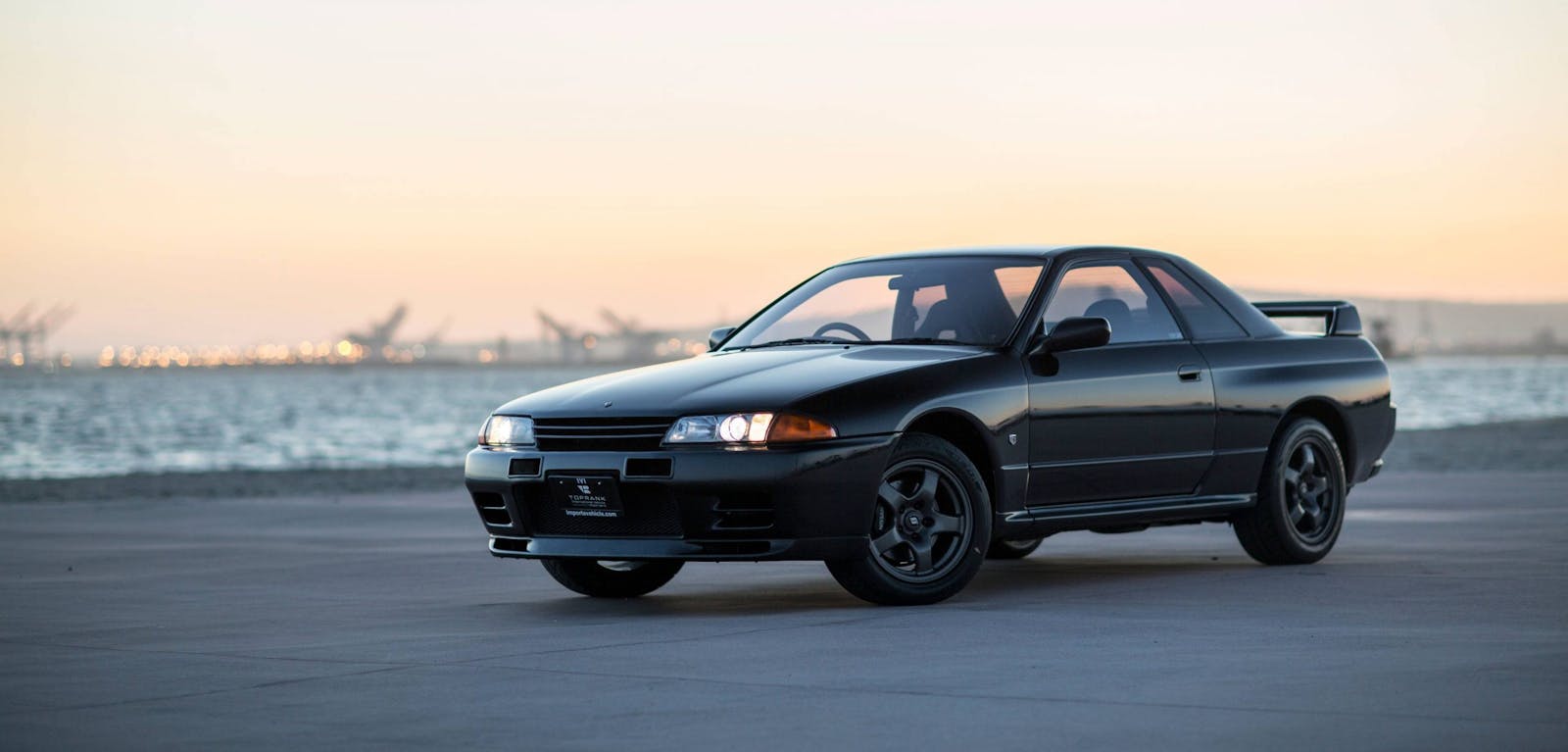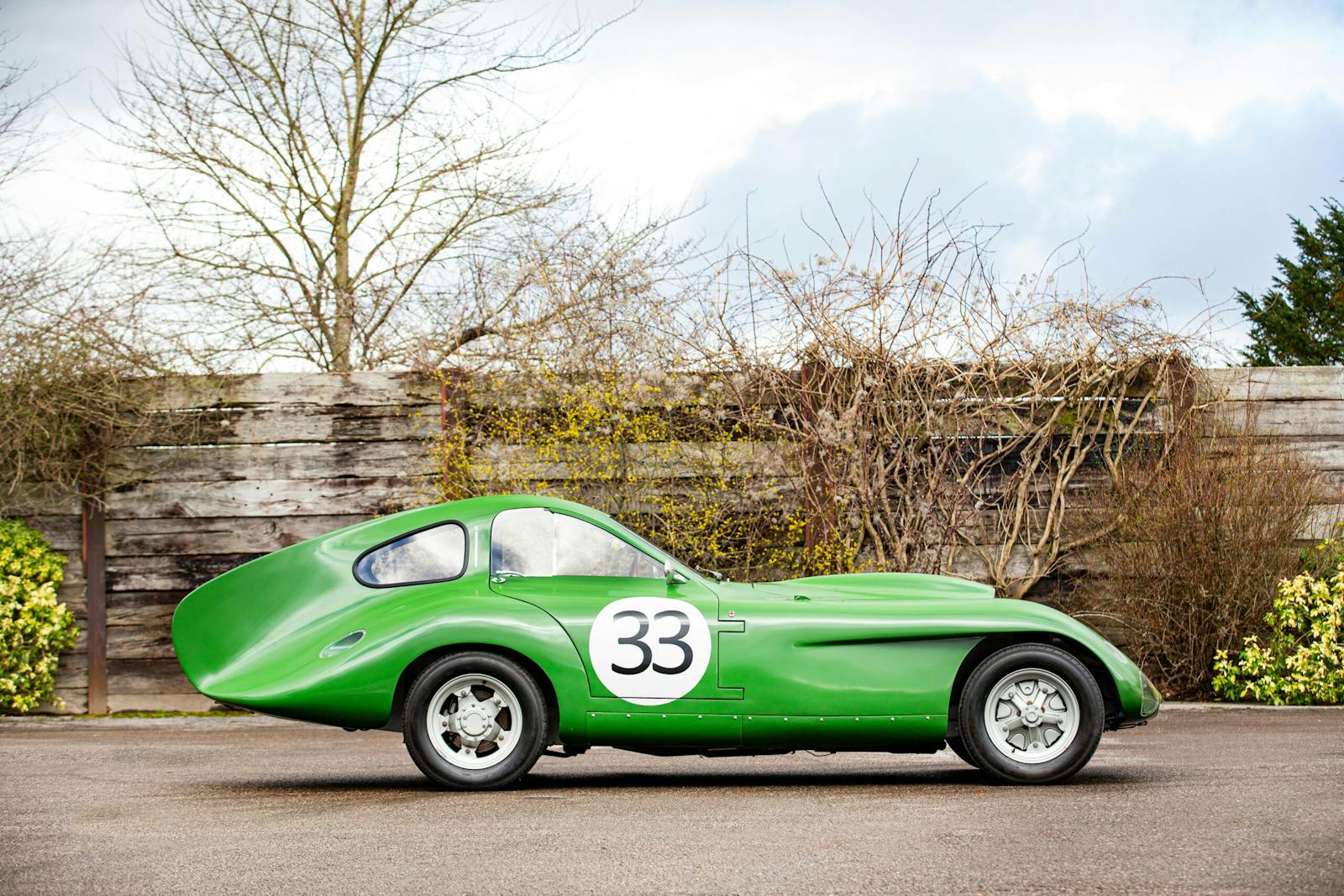Is your muscle car a safe investment?
Many people regularly check in on the stock market, even if it’s just a brief glance at the Dow Jones and Nasdaq en route to perusing sports box scores. But have you ever really thought about what it is we’re keeping tabs on, and why? After all, relatively few are personally issuing buy-and-sell orders based on minute-to-minute market gyrations, and even fewer, technically speaking, are invested in many of the companies represented in the popular indices (think S&P 500). In the broader sense, as the past 18 months have made crystal clear, the performance of these indices can at times bear little resemblance to the overall economy. So, why do we care? And what can it teach us about muscle car values?
This story comes to us from Hagerty Insider, our sibling site where we focus on market trends and data for collector car values.
What the tickers actually provide is a simple measure of volatility and risk. Someone nearing retirement might steer clear of stocks that are swinging wildly; someone willing to tolerate risk for a chance at a big profit might jump in when the seas are choppy.
The same investment principles apply when it comes to classic cars. Even though most enthusiasts aren’t out for short-term profit, it’s natural—and prudent—to wonder if the car you’re buying today will be worth the same if you had to sell tomorrow. Hagerty has long tracked changes in the collector car market, and we produce several indices that give a sense of the returns an owner can expect over time. Yet these indices have previously lacked the frequency of a daily stock market ticker because they’re anchored around periodic auction events or Hagerty Price Guide updates. Strictly speaking, they don’t answer the question, how has the value of my car changed today?
Until now, that is.
What you’re looking at, above, is a daily index of muscle car values. It draws from our book of insurance policies—that is, people calling us to add cars to their policy using the agreed value for them. In aggregate, these actions reflect the market for enthusiast vehicles. By carefully compiling policy changes for certain cars (“endorsements,” in insurance-speak), we can get a picture of a segment. Since people are calling us every day to make changes to their insurance, the index likewise updates daily.
As with all indices, this one requires some subjectivity and lots of math. To keep things as focused as possible, we defined muscle cars here as American V-8 coupes and convertibles built between 1963 and 1973. No Corvettes, no Shelby Cobras, no late-model Hellcats and the like. Even by this narrow definition, the segment is huge: Hagerty gets a couple of dozen policy changes for muscle cars every day.
We match these policy changes to period-appropriate price guide values for that year, make, model, sub-model, body, and engine (e.g., a 1970 Chevrolet Chevelle SS 396 Sport Coupe with the L78). We assume that most cars are insured for condition #3 values because most cars are in Good condition—of course some are worse, but some are better, too. Cars marked as “under restoration” on the policy are excluded.
Of course, we don’t hear about every kind of muscle car in any given day. Here’s where the math comes in. We weight each value change on the index according to the total value of sales of that particular vehicle in a year. 1965 Ford Mustang? Big weight. 1969 American Motors SC/Rambler Hurst? Small weight. Note that many stock indexes, including the S&P 500, work the same way, weighting companies by their market capitalization.
Looking at the index we see, on the whole, that muscle cars make for rather safe investments. We can quantify that by calculating something called a Sharpe ratio, which adjusts the (excess) return of the investment according to its volatility. Lots has been written about Sharpe ratios and how they work, but generally speaking, a higher number means a better risk-adjusted return. Here’s how the Daily Muscle Car Index stacks up against the Nasdaq and S&P 500.
Note, we're not saying muscle cars will make more money than the stock indices. In fact, since 2017, the S&P 500 and Nasdaq 100 have seen higher average returns—17 and 22 percent, respectively, versus just 6 percent for the Muscle Car Index. What the Muscle Car Index and the Sharpe ratio do tell us is that returns on muscle cars are safer. In other words, as exciting and wild as muscle cars can be to drive, they make wonderfully stable investments. That sounds like a great combination to us.


